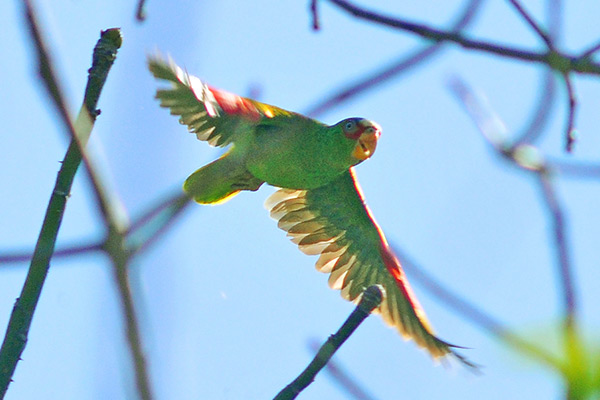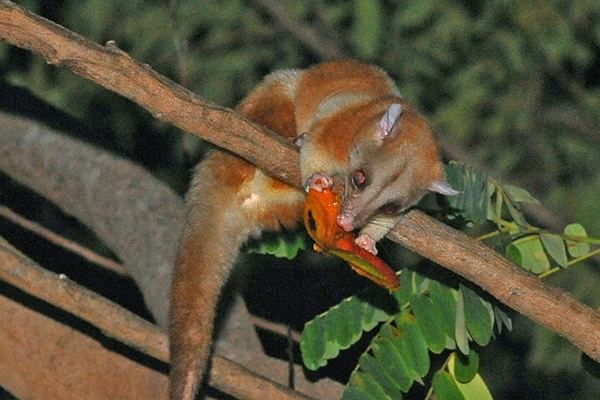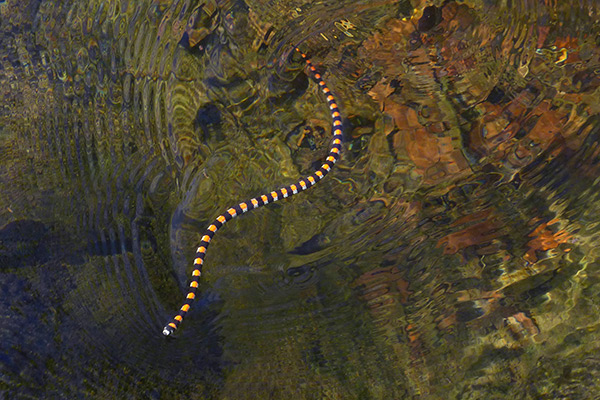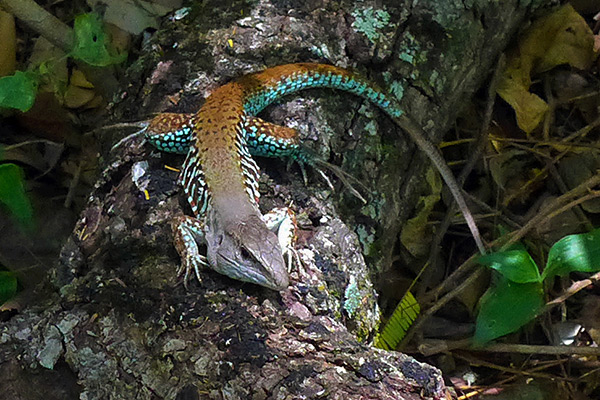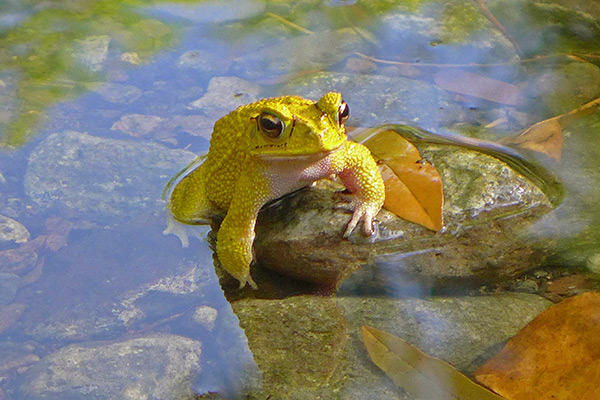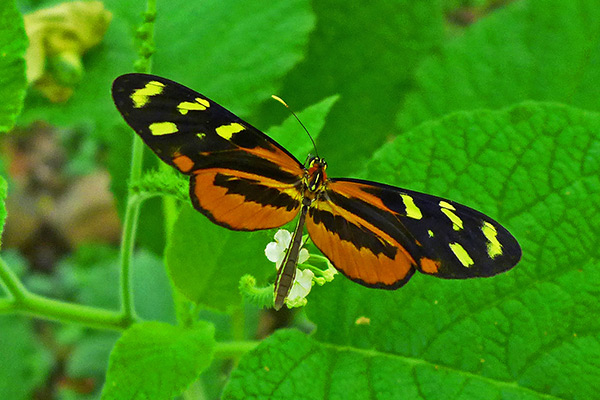Nicaragua Biodiversity
The Central American republics form an isthmus that connects the flora and fauna of South and North America. In the heart of the isthmus, at the center of this bio-bridge is Nicaragua, home to a remarkable biodiversity that makes conservation of its flora and fauna of world importance. Despite representing less than 2% of the planet’s landmass, Nicaragua houses more than 6% of earth’s biodiversity. Lost Canyon Nature Reserve protects the most threatened of all ecosystems in Nicaragua, tropical dry forest, home to endangered species of flora and fauna like Nicaraguan Rosewood (Dalbergia retusa) and the Nicaraguan Spiny-tailed Iguana (Ctenosaura quinquecarinata).
Lost Canyon Wildlife
Lost Canyon Nature Reserve protects many species of fauna that are endangered or now extinct in the most of Nicaragua’s tropical dry forests. Predators like the sleek Jaguarundi (Puma yagouaroundi panamensis), wily Coyote (Canis latrans) and Gray Fox (Urocyon cinereoargenteus) prowl the reserve at night. Large and lovable tropical rodents such as the Agouti (Dasyprocta punctata) and Paca (Agouti paca) forage near surface water sources. Other mammals find refuge in the Lost Canyon forest, including squirrels and numerous nocturnal mammals like rabbits, raccoons, porcupines, several species of opossums, bats, skunks and White-tailed Deer (Odocoileus virginianus). There are more than eight species of fish inhabiting the reserve streams with frogs and toads like the White-lipped Whistling Frog (Leptodactylus fragilis). Snakes include Boa Constrictors, the Burrowing Boa (Loxocemus bicolor), Central American Coral Snake (Micrurus nigrocinctus) and various guarder, vine and racer snakes. The reserve protects two species of land turtles, the Painted Wood Turtle (Rhinoclemmys pulcherrima) and Scorpion Mud Turtle (Kinosternon scorpioides). Lost Canyon is home to some of Nicaragua’s prettiest lizards, like the Rainbow Ameiva (Ameiva undulata), Seven-striped Whiptail (Cnemidophorus deppei), Common Spiny-tailed Iguana (Ctenosaura similis) and painfully shy Nicaraguan Iguana (Ctenosaura quinquecarinata). Most apparent to visitors of Lost Canyon is the reserve’s bird life, with healthy populations of noisy White-fronted Amazon Parrots (Amazona albifrons) and Orange-fronted Parakeets (Aratinga canicularis) raiding fruit trees and Nicaragua’s national bird, the Turquoise-browed Motmot (Eumomota superciliosa) displaying its pendulum tail feathers with pride. With patience one can detect the angelic presence of an Elegant Trogon (Trogon elegans) or a Black-headed Trogon (Trogon melancephalus). Always present is the curious Squirrel Cuckoo (Piaya cayana), industrious Streaked-backed Oriole (Icterus pectoralis), highly social Rufous-naped Wren (Compylorynchus rufalbus), beautiful and aggressive White-throated Magpie-Jay (Calocitta Formosa), the White-necked Puffbird (Notharchus macrorhynchus) and rummaging the forest floor the Lesser Ground-Cuckoo (Morococcyx erythropygius).







